The phenomenon of "shrinkflation"—where manufacturers reduce product sizes while maintaining prices—has become a dominant pricing strategy for fast-moving consumer goods (FMCG) companies in the US market. This subtle form of inflation, accelerated by post-pandemic supply chain disruptions and input cost pressures, is reshaping consumer packaged goods economics and brand-customer relationships.
Strategic Rationale
FMCG firms face an impossible equation: commodity costs remain 18-22% above pre-pandemic levels, while consumer resistance prevents direct price increases beyond certain psychological thresholds. Shrinkflation offers a compromise—maintaining shelf prices that don't trigger sticker shock while preserving margins through strategic downsizing. Data reveals the average grocery item has lost 5-7% of volume since 2021, with snack foods and household staples experiencing the most aggressive reductions.
Category-Specific Approaches
The implementation varies across product segments. Breakfast cereals employ "fill line" adjustments that leave more headspace in boxes. Yogurt brands transition to wider, shallower containers that appear comparable but contain less product. Cleaning supplies use thicker plastic walls that reduce interior capacity while maintaining exterior dimensions. These tactics reflect sophisticated packaging engineering designed to minimize consumer detection—the average shopper notices only about 30% of shrinkflation instances according to eye-tracking studies.
Consumer Psychology Dynamics
Behavioral research suggests shrinkflation triggers different reactions than equivalent price hikes. The gradual nature of package downsizing avoids the dramatic "price reset" trauma that erodes brand loyalty. However, when discovered, shrinkflation generates disproportionate outrage—consumers perceive it as deceptive compared to transparent pricing. Social media has amplified this effect, with viral posts exposing downsized products creating reputational risks that sometimes outweigh the financial benefits.
Retailer Complicity
Major grocery chains actively participate in shrinkflation strategies, as standardized shelf pricing simplifies their operations compared to constant repricing. Some retailers have negotiated exclusive package sizes that obscure comparison shopping—a 13.5oz version for Chain A versus the former 16oz at Chain B. This fragmentation of packaging norms makes unit price comparison increasingly difficult, with research showing the average shopper's ability to calculate cost-per-ounce has declined 40% since 2020 due to inconsistent sizing.
Regulatory Scrutiny
The Federal Trade Commission has begun examining shrinkflation practices under consumer protection statutes. Proposed legislation would mandate clearer package change notifications, though industry lobbyists argue this constitutes unnecessary burden. Some states are exploring "unit pricing clarity" laws requiring standardized display of cost-per-measure for all shelf tags—a move that could undermine shrinkflation's effectiveness.
Competitive Dynamics
The strategy has created unusual market distortions. Private label brands gain advantage by maintaining traditional sizes, trading slightly lower margins for increased market share. Smaller innovators use "honest sizing" as a differentiation point, though their higher per-unit costs limit broad adoption. The most sophisticated players now employ "reverse shrinkflation"—temporarily restoring original sizes during promotional periods to rebuild goodwill.
Pricing Architecture Shifts
Shrinkflation is forcing reevaluation of entire pricing frameworks. Many companies are abandoning traditional price laddering in favor of "size ladders" that offer multiple capacity options at the same price point. Others introduce "family sizes" that appear new but simply restore pre-shrinkflation volumes at premium prices. The result is a fundamental rethinking of package size as a primary pricing lever rather than secondary characteristic.
Supply Chain Reengineering
The strategy requires extensive manufacturing adjustments. Converting production lines to new package specifications costs 15-20% more than simple price changes. However, these capital expenditures pay off through ongoing material savings—a 7% package reduction typically yields 12-14% cost savings due to nonlinear scaling effects in packaging materials and transportation.
Long-Term Brand Implications
Consumer trust erosion may outweigh short-term financial benefits. Brand tracking studies show a 22-point decline in "honesty" attributes among heavy shrinkflation users. Some companies are countering this with "value-added" formulations or features that justify smaller sizes—concentrated detergents or "more flavorful" recipe changes. The most sophisticated players are using shrinkflation as a transition to premiumization, steering consumers toward higher-margin product tiers.
Future Outlook
Shrinkflation appears unsustainable as a permanent strategy—consumer awareness is growing, and regulatory pressure mounts. The next evolution may involve "precision pricing"—AI-driven dynamic pricing at the shelf level that makes package size manipulation unnecessary. However, the tactic has bought crucial time for FMCG companies to restructure costs and develop more sustainable pricing models for an era of persistent inflation.
Shrinkflation represents both a creative adaptation to economic realities and a potential Faustian bargain for consumer brands. While effectively preserving margins in the short term, the strategy risks accelerating the erosion of pricing power and consumer trust that has taken generations to build. The coming years will determine whether this approach serves as a temporary bridge to more stable cost structures or marks the beginning of a fundamental reconfiguration of value perception in consumer goods. What remains certain is that traditional pricing strategies have been permanently disrupted, requiring innovation that goes beyond subtle package tweaks.

By William Miller/Mar 31, 2025

By Rebecca Stewart/Mar 31, 2025
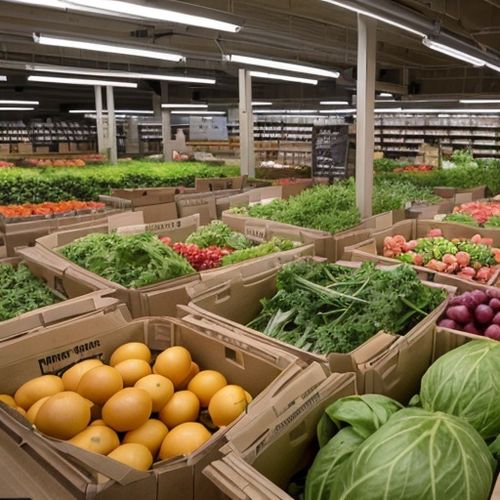
By Natalie Campbell/Mar 31, 2025

By Olivia Reed/Mar 31, 2025

By Amanda Phillips/Mar 31, 2025

By Michael Brown/Mar 31, 2025

By Lily Simpson/Mar 31, 2025

By Natalie Campbell/Mar 31, 2025

By Christopher Harris/Mar 31, 2025
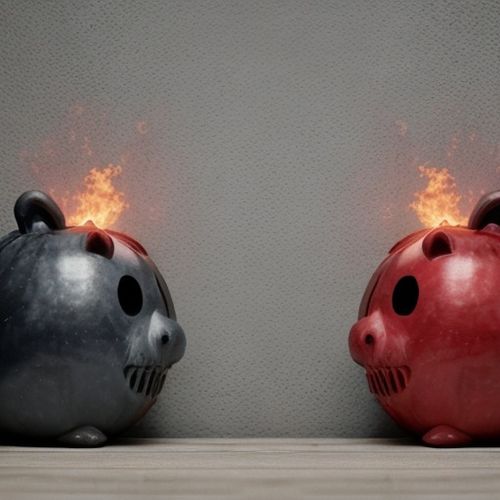
By Eric Ward/Mar 31, 2025

By Daniel Scott/Mar 30, 2025

By Thomas Roberts/Mar 30, 2025

By Natalie Campbell/Mar 30, 2025

By Rebecca Stewart/Mar 30, 2025

By James Moore/Mar 30, 2025
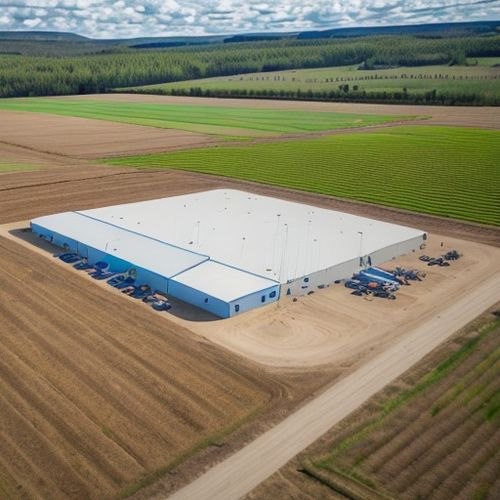
By Benjamin Evans/Mar 30, 2025

By Michael Brown/Mar 30, 2025
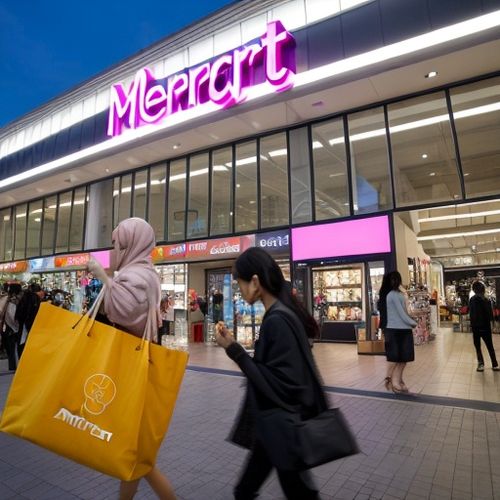
By John Smith/Mar 30, 2025
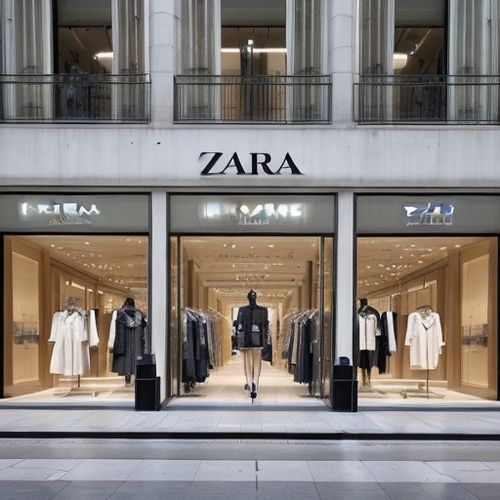
By John Smith/Mar 30, 2025

By Victoria Gonzalez/Mar 30, 2025